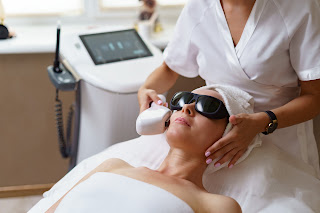Rehabilitation Protocol for Intercostal Strain
Phase I: Acute Management (Days 1-7) Pain Management: Prescribe NSAIDs for pain relief and to reduce inflammation. Apply ice therapy for 15-20 minutes every 2-3 hours during the initial 48 hours. Restoration of Function: Advise relative rest to avoid exacerbating the injury. Encourage shallow breathing to minimize pain during respiration. Modalities: Utilize modalities such as ultrasound therapy or TENS for pain relief and to promote tissue healing. Phase II: Early Rehabilitation (Days 8-21) Gentle Mobilization: Initiate gentle mobility exercises to maintain flexibility without causing pain. Encourage slow, controlled movements of the trunk, avoiding sudden or forceful actions. Gentle mobilization techniques can help promote blood flow, reduce muscle tension, and improve flexibility without exacerbating intercostal strain. Here are some gentle mobilization exercise Manual Therapy: Introduce soft tissue mobilization and myofascial release techniques to alleviate muscle tension and...
